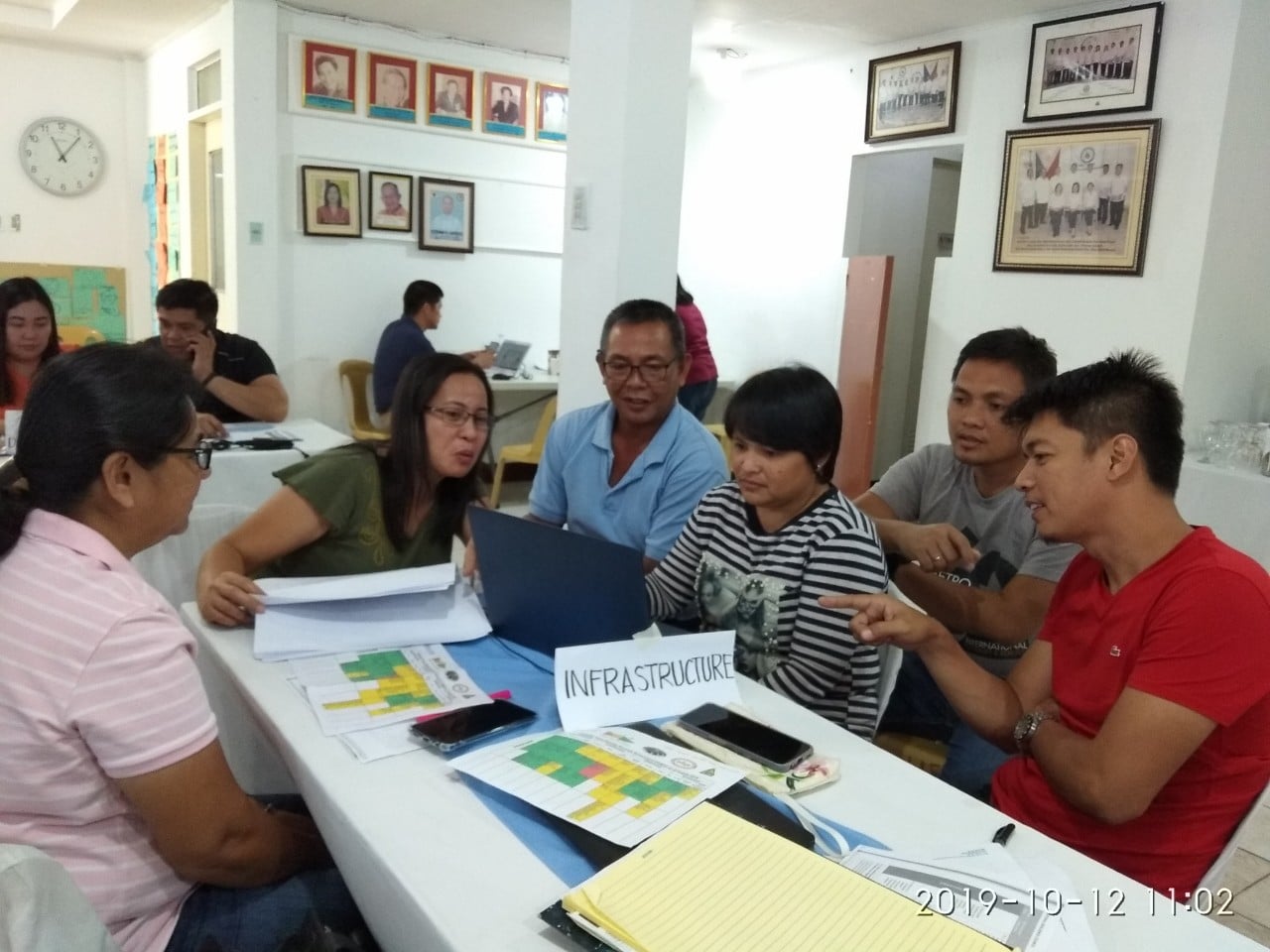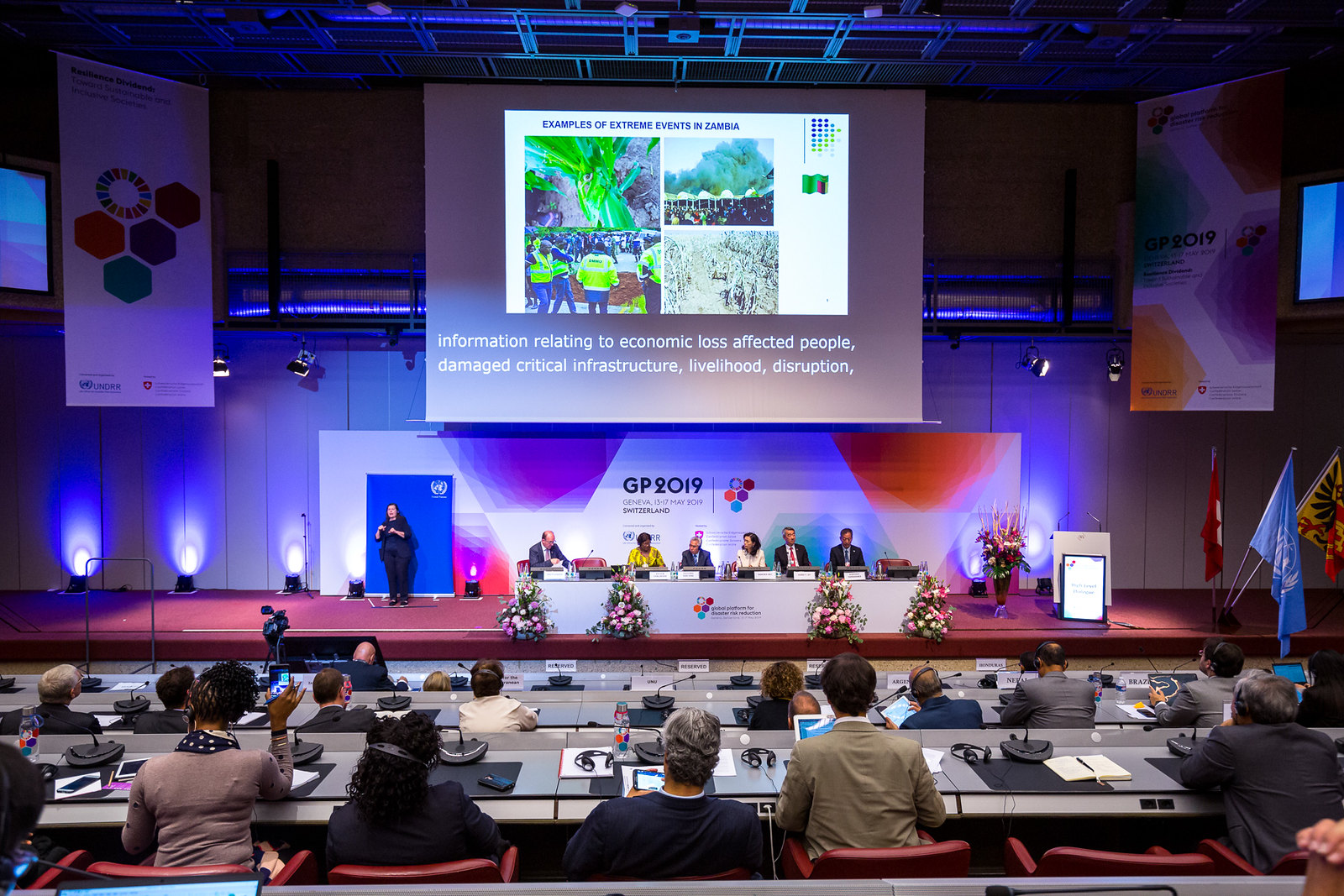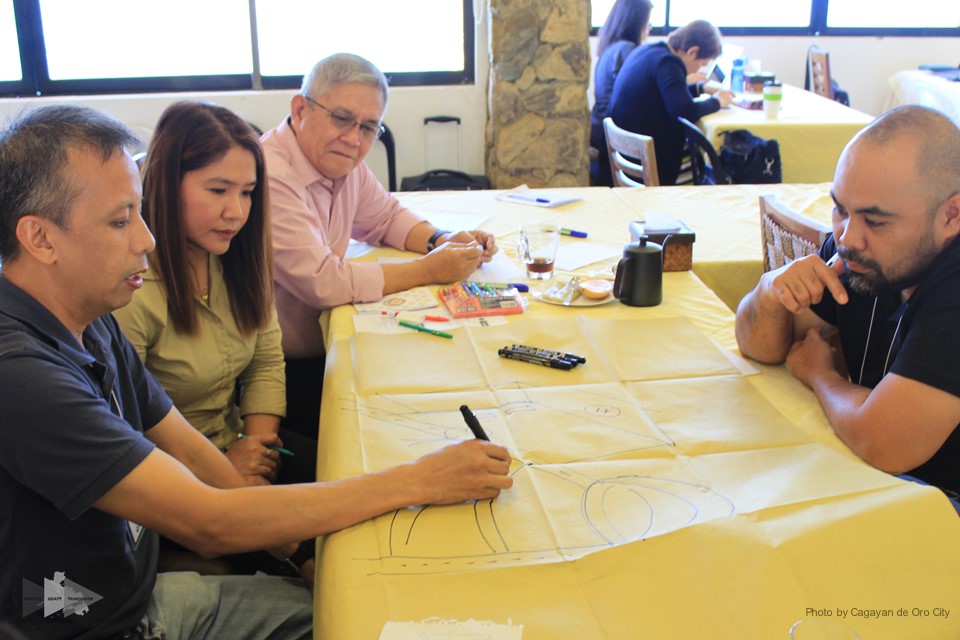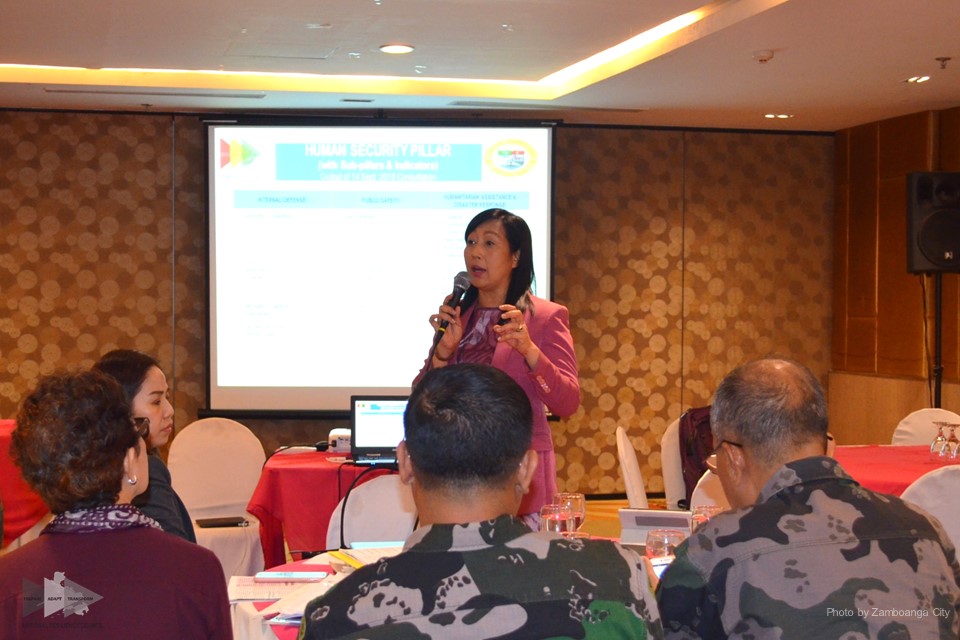Tag: Resilience Scorecard
-

Resiliency Leadership Program Workshop 1 Module 1 – Ormoc City
This workshop was done in partnership with Visayas State University.
-

NRC presents resilience work at LCF CSR Expo
Last July 4, National Resilience Council (NRC) Executive Director Marilou Erni showcased NRC’s work in a session on Disaster Emergency Response and Disaster Risk Reduction and Resilience during the 18th League of Corporate Foundations’ (LCF) Corporate Social Responsibility (CSR) Expo at the Philippine International Convention Center in Pasay City. With the theme “Toward Collective Impact:…
-

NRC Executive Director at the 2019 League of Corporate Foundations CSR Expo
July 4, 2019Philippine International Convention Center, Pasay City
-

Resiliency Leadership Program Module 2 Part 2: Deepening Bridging Leadership in Addressing Adaptive Challenges – Bataan Province
May 22-24, 2019Crown Royale Hotel, Balanga City
-

NRC showcases resilience work at GP2019
The National Resilience Council (NRC) attended the UN Office for Disaster Risk Reduction’s (UNDRR) 2019 Global Platform for Disaster Risk Reduction (GP2019), where NRC had several opportunities to share its resilience work with representatives of member states, parliamentarians, local governments, UN bodies, intergovernmental organizations and other stakeholder groups. Held from May 13 to 17 in…
-

Resiliency Leadership Program Workshop 1 – Cagayan de Oro City
February 26-28, 2019Chali Beach Resort, Cagayan de Oro City
-

Resilience Scorecard Validation Meeting – Zamboanga City
February 27, 2019Garden Orchid Hotel, Zamboanga City Photos by Zamboanga City
-

For resilience: NRC partners attend first phase of climate and disaster risk assessment course
From 8-12 October 2018, the National Resilience Council’s (NRC) eight partner local government units (LGUs) and six partner academic institutions participated in the 1st phase of the Climate and Disaster Risk Assessment (CDRA) Certificate Course for the NRC Resilient LGU Program. Held at the Manila Observatory (MO) in Quezon City, the 5-day event aimed to…
-

Highlighting resiliency: Zamboanga City a case study at 2018 Singapore conference
Talking about disasters, risks and resilience have become urgent in recent years. Different sectors are now compelled to take on their respective roles in preparing for and preventing disasters that may lie ahead anywhere in the world. At the recent Asia Risk and Resilience Conference that took place in Singapore from 29-31 August, Zamboanga City…